Tips for buying, cooking, and eating vegetables
Who can get enough vegetables? Here's a collection of our favorite tips for enjoying more plants.
In search of more fiber, potassium, etc.? For the heaviest hitters, check our top 5 lists.
Asparagus
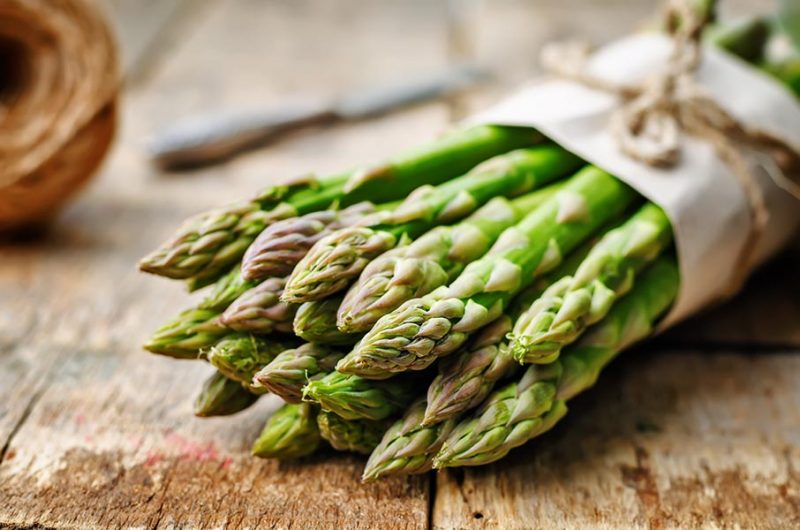
- Look for spears with dry, tight tips.
- Try to get a bunch that has similar-sized spears. That way, they’ll all be done cooking at the same time.
- Got skinny spears? Before you start cooking, bend the woody stem ends until they snap off. For thicker spears, just peel the bottom third or so. The skin may be stringy, but the flesh is tender.
- For a quick side, toss steamed asparagus with extra-virgin olive oil, lemon juice and zest, and grated parmesan or chopped smoked almonds.
Green beans & peas
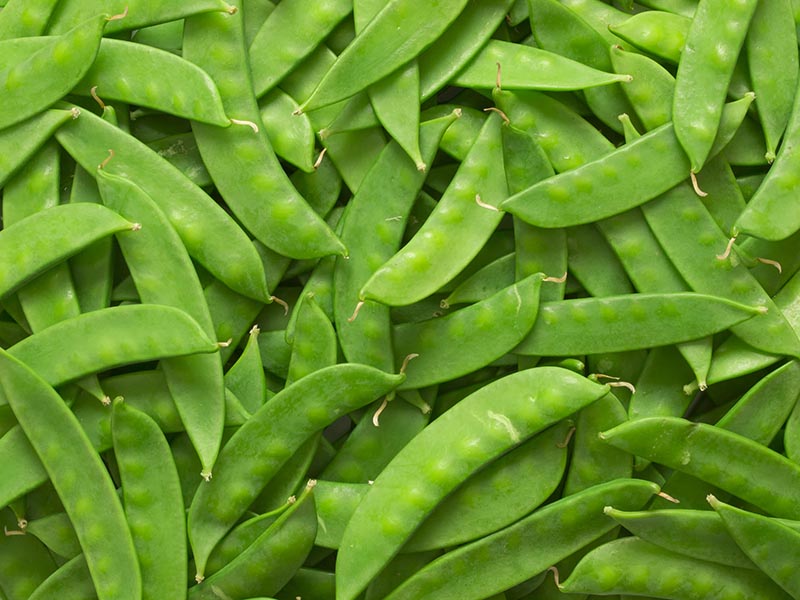
- Unless your sugar snap peas or snow peas are “stringless,” trim or snap off the ends of each pod and remove the string that runs down the seam before cooking.
- If you wind up with a batch of tough snap pea pods, the peas inside may still be fine. Pop one open and try it.
- Raw sugar snap peas make for a satisfying crunchy snack. They also lend a sweet crunch to salads.
- The secret to green (or yellow wax) beans is to cook them until they’re very tender but not quite falling apart. They can be astringent if they’re not fully cooked.
- Haricots verts—the French variety of green beans—are longer and thinner than the green beans traditionally grown in the United States, so they cook faster and are more tender.
Cabbage, Brussels, & kohlrabi

- A whole head of green or red cabbage can stay fresh in the fridge for weeks until you’re ready to cut it. Need just a little? If you use a few of the outer leaves, the rest will keep.
- Cabbage isn’t just for slaw. Toss it in stir-fries or fried rice.
- Heads of mild-tasting savoy and napa cabbage are less dense than green or red cabbage, so they’re easier to cut, and their thinner leaves cook more quickly.
- Sauté Brussels sprouts quickly in a hot pan. Or halve and roast them. Or thinly slice them for a raw salad.
- Kohlrabi is not just for roasting. It also tastes great raw. The fibrous skin that surrounds the insides is tough, though, so remove it with a paring knife or serrated peeler to reveal the edible bulb inside. Then grate some into your favorite slaw or cut it into sticks for dip.
Cauliflower, broccoli, etc.
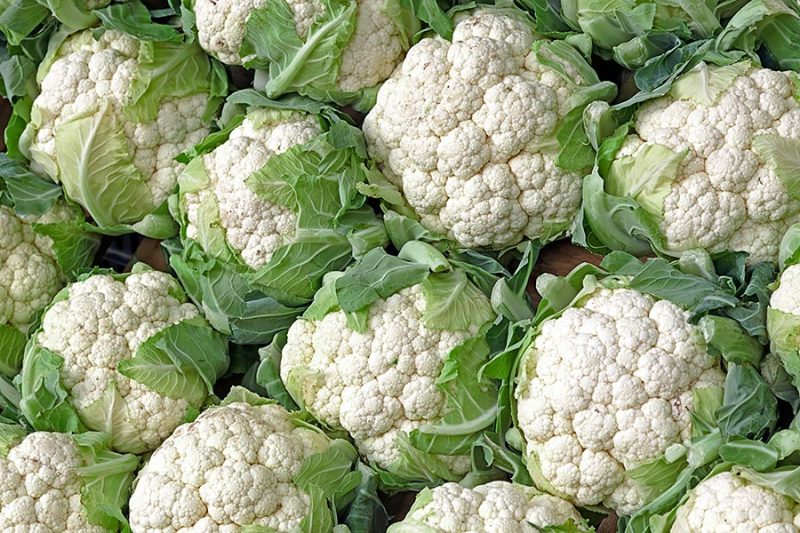
- Browned surfaces of roasted cauliflower or broccoli deliver flavor to spare. Slice florets to get flat surfaces, toss them in oil, place on an unlined baking pan, and use the oven rack closest to the heat.
- Broccoli rabe (rapini) is a pungent, leafier member of the broccoli family. Blanch it to cut some of its bite, then quickly sauté.
- Broccolini (sometimes called “baby broccoli”) is milder than broccoli. And its stalks are tender, so you don’t need to trim them.
- Bagged broccoli slaw is made of shredded broccoli stalks. Grab a bag for an assertive take on coleslaw. It’s also great stir-fried.
Cucumber & celery
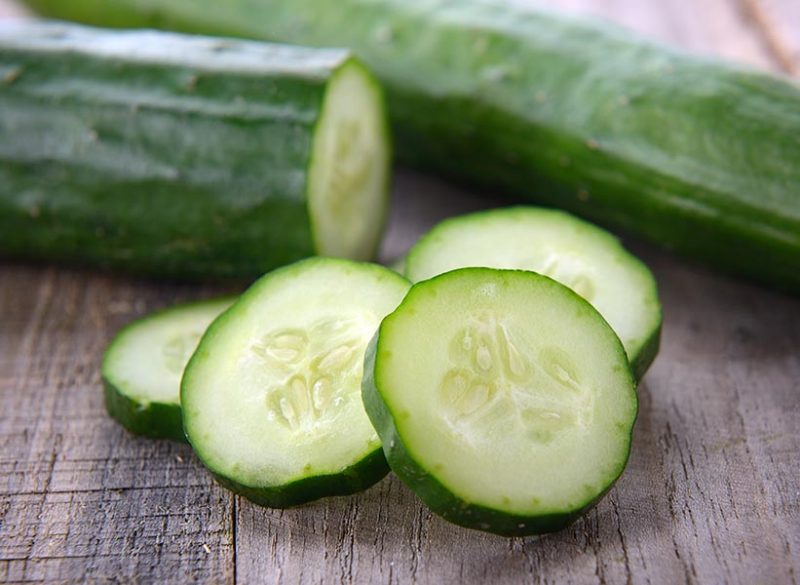
- “Mini” or Persian cucumbers are the perfect size for snacking.
- Use the large outer stalks of celery for stocks, soups, and stews. Save the tender inner stalks and leaves for salads.
- Keep a container in the freezer for scraps of celery, carrots, onions, herbs, and garlic, as well as poultry bones. Once it’s full, make stock. (Need a good recipe? Try this.)
Dark leafy greens
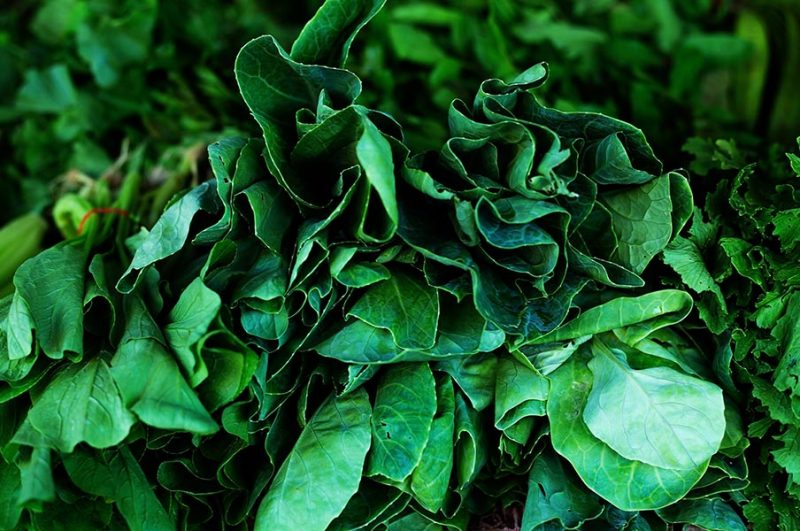
- Your greens looking lackluster? Trim the ends and perk them up with a quick soak in ice water. Shake or spin off the excess water before sautéing or tossing in a salad.
- Remove any tough stems and center ribs before chopping. Don’t discard colorful Swiss chard stems, though. Chop them up and sauté with a bit of olive oil and garlic until tender, about 10 minutes, before you toss the leaves in the pan.
- For a new, quicker-cooking take on kale, try Tuscan (aka dinosaur or Lacinato) or baby kale instead of curly kale.
- Try Asian greens like gai lan, tatsoi, bok choy, and yu choy. Start with our stir-frying tips.
- To cook bok choy, stir-fry the chopped pale green stems until tender-crisp, then toss the (quicker-cooking) leafy green parts into the pan or wok.
- Escarole, a broad-leafed form of endive that’s on the bitter side, is right at home in soups or stews. Use the more tender, milder pale inner leaves for salads.
- Don’t forget frozen greens, which can go straight from freezer to pot without washing or chopping. Just throw a handful in your soup, stew, curry, or pasta sauce.
Eggplant & zucchini
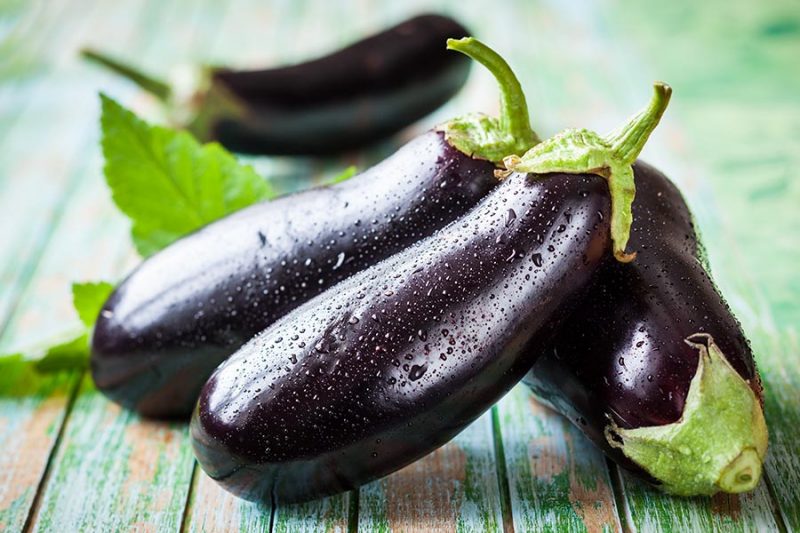
- Long, skinny Chinese and Japanese eggplants are tender and quick-cooking; perfect for stir-frying.
- Thought you didn’t like eggplant? Think again. When summer’s at its peak, look for smaller varieties like fairy tale or graffiti at farmers markets. They’re oh-so creamy and sweet.
- Choose the smallest, darkest-green zucchinis you can find. They’re more flavorful and tender.
- Got a pile of summer zucchini or eggplant? Make our Healthy Cook’s simple zucchini “butter” or roasted ratatouille.
Mushrooms
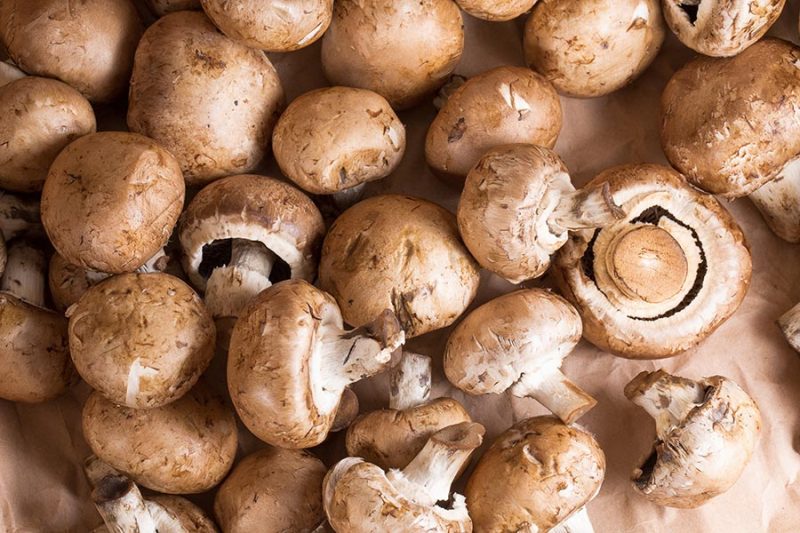
- Don’t wash them: They’ll end up soggy. Instead, use a paper towel to wipe off the brown stuff (it’s most likely heat-treated compost, not dirt).
- To extend the life of your mushrooms, store them in a paper bag or open container in the fridge.
- Plants have next to no vitamin D, but some mushrooms supply vitamin D because they’ve been exposed to UV light (check the label) or sunlight (like morels or chanterelles, which grow wild).
Onions, garlic, etc.
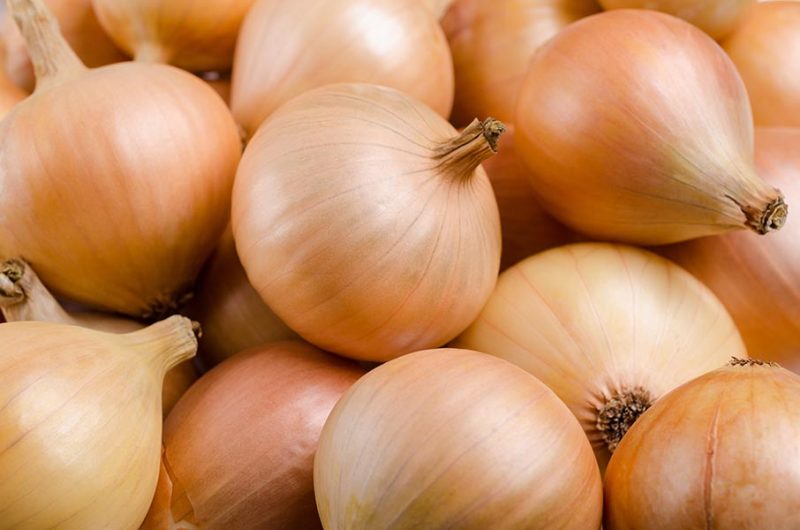
- Look for onions, shallots, and garlic that are hard and that have dry skin, no green shoots, and little to no aroma.
- Store unpeeled, uncut onions, garlic, and shallots in a cool, dark, and dry place. Refrigerate leeks and scallions, which are more perishable at room temperature.
- Onions can make potatoes sprout. Store them apart from each other.
- White onions are milder than red or yellow ones, which makes them terrific either cooked or raw.
- The more you chop an onion or garlic, the stronger the flavor. The most pungent: minced, grated, or food-processed. The mildest: sliced with a sharp knife.
- Need minced garlic for a salad dressing recipe? Try grating it on a microplane for just the right-size bits.
Potatoes
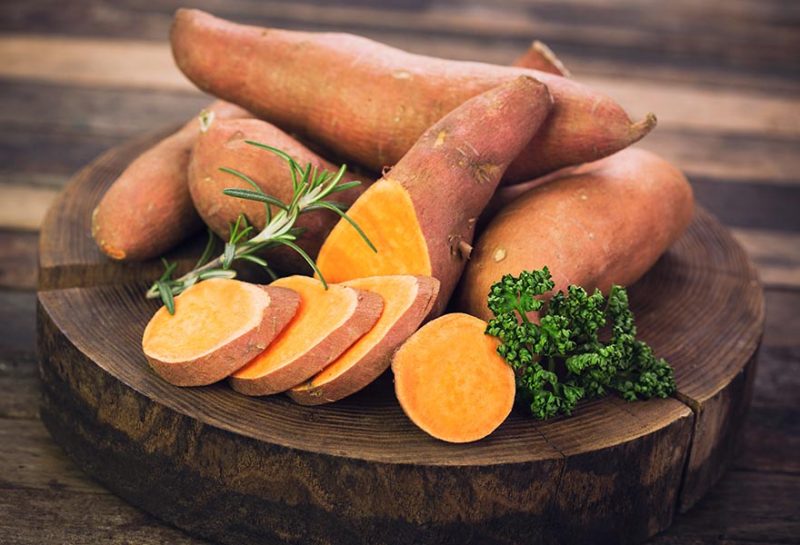
- Sweet potatoes have twice as much fiber and more potassium than white potatoes. Sweets also pack a beta-carotene punch: 90 percent of a day’s vitamin A per serving.
- Do your potatoes always turn green? Try storing them in a dark, dry, cool place, but not the fridge. Cut away any green flesh (and any eyes or sprouts) before cooking
Other root vegetables
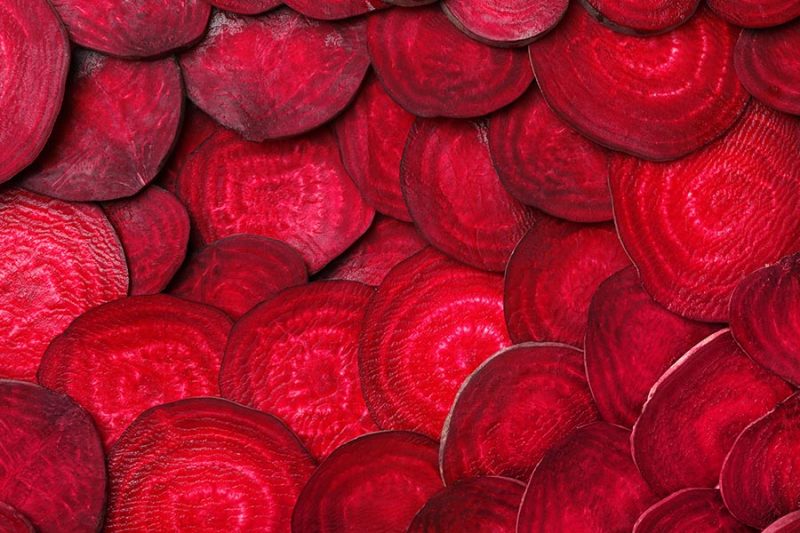
- Before storing roots like radishes, turnips, or beets, cut off any leafy green tops. They draw out moisture, which makes the veggies go limp. Sauté the greens in garlic and olive oil.
- Rutabagas or turnips can stand in for white potatoes if you want to slash starchy carbs. Turnips have a distinctive tang that mellows when you cook them. Rutabaga (a cross between cabbage and turnips) has less tang and more sweetness.
- For rutabagas or turnips, get yourself a serrated vegetable peeler—the kind with teeth—to shave off their thick skin with ease. (The peeler is also great for butternut squash.)
- Thought you didn’t like peppery radishes? Try them sautéed (or roasted). They’re surprisingly sweet and mellow.
- There’s no simpler—or more delicious—way to enjoy root vegetables than roasting. Chop 2 lbs. of any combination (like beets, radishes, carrots, and/or turnips) into bite-size pieces, toss with 2 Tbs. olive oil, and roast at 425°F until tender and browned in spots, 20–25 minutes, turning once.
- Don’t want to roast and peel beets? Look for vacuum-packed cooked ones from brands like Melissa’s or Love Beets in the supermarket’s refrigerator case.
- For a pop of color, use a combination of red and golden beets.
- Jicama tastes great raw. Peel and slice it for crudités, or use it in salsa or slaw.
Salad greens
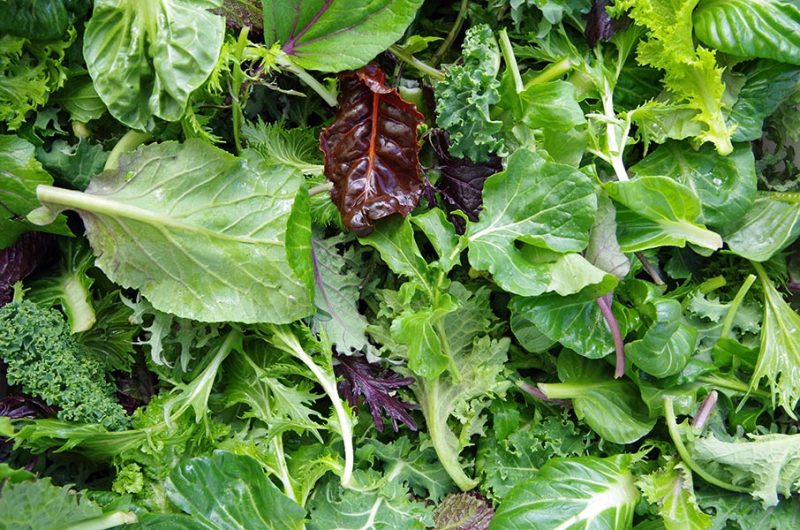
- A salad spinner isn’t just for drying greens. You can also store your washed and spun lettuce in it (inside the fridge).
- If your bagged or boxed salad greens have been prewashed, don’t re-wash them. You could contaminate them with germs from your sink.
- The best way to toss your dressed salad greens? In a low, wide bowl. If the leaves are delicate, use (clean) hands to get the dressing evenly distributed without bruising the leaves.
- Soft, foldable lettuces like butter, green leaf, or red leaf are perfect for lettuce wraps or cups. (Butter lettuce is often called Bibb or Boston.)
- When you don’t want the robust taste of darker greens like baby kale, spinach, or spring mix, try a mellow baby butter lettuce blend or mâche.
- For a satisfying crunch, look for Little Gems at farmers markets. They’re like personal heads of romaine.
Tomatoes
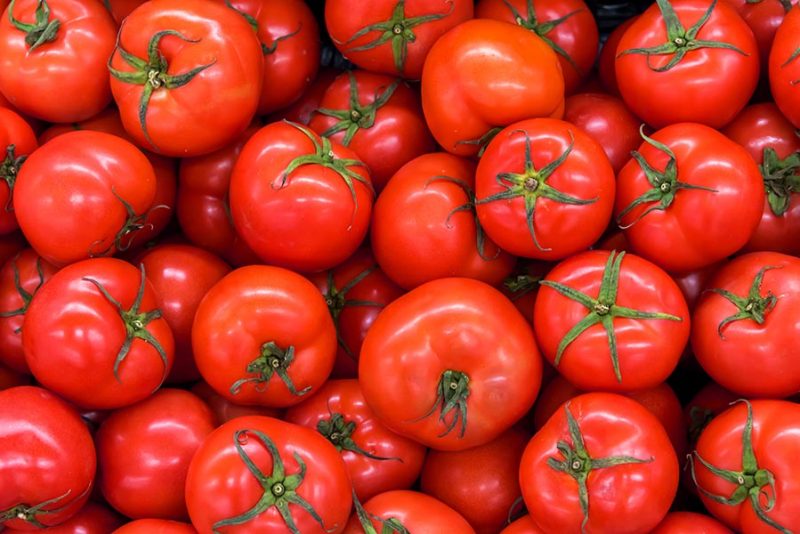
- Summertime is heirloom tomato time. For the ripest, juiciest tomatoes, look for ones that are heavy for their size, yield just slightly to pressure, and still have their green stems attached.
- In spring, fall, and winter, the tastiest supermarket tomatoes are small ones like grape or cherry. For slightly larger varieties, try mini Kumatos, Campari, or cocktail tomatoes.
- Got a pile of perfectly ripe summer tomatoes? Scoop out the centers and stuff them with a savory filling. Try Greek Farro Stuffed Tomatoes. Or Spicy Black Bean & Avocado Stuffed Tomatoes. Or Bulgur & Herb Stuffed Tomatoes. Mmm.
- Keep whole tomatoes on the countertop, not in the fridge. Cold temperatures slow ripening, turn flesh mealy, and sap flavor. Cold does little or no damage to cherry or grape tomatoes, which are sold ripe, so if you’re not going to use them quickly, you can keep them in the fridge.
Winter squash
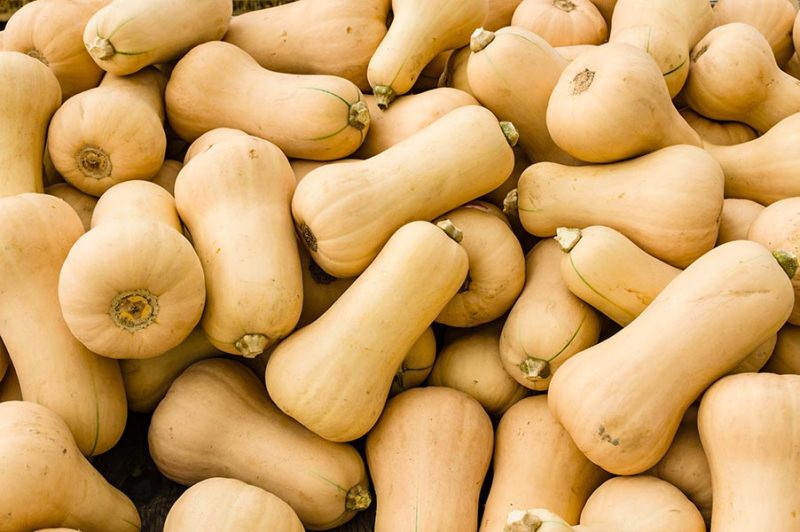
- Using a large chef’s knife, slice off the root and stem ends of your squash first. Aim to create flat surfaces that can rest securely on the cutting board while you cut.
- A sharp knife is less likely to slip while cutting hard, heavy squashes. Keep the blade sharp with an electric sharpener. Don't have one? Some kitchen or hardware stores will sharpen your (non-serrated) blade for a few bucks.
- Don’t want to peel or carve away thick squash skin? Look for delicata or honeynut squash, whose skin is thin (and edible). Or try small acorns or butternuts: Both have skin that’s pleasantly toothsome when roasted.
- Looking for pumpkin? Cans or cartons of purée make it easy. Add some to soups, pasta sauces, or curries. If you’re starting from scratch, pick up a sugar or pie pumpkin. They're smaller and more flavorful than their jack-o'-lantern cousins.
- And don't ignore seeds from other winter squashes (like butternut). Clean, dry, and roast them just like you would pumpkin seeds (at 325°F for 20 minutes or so).
Photos (top to bottom): stock.adobe.com: Mara Zemgaliete, nata_vkusidey, fkruger, Dave Willman, Florin, sommai, martina87, Svetlana Kolpakova, Iurii Kachkovskyi, Veronika Idiyat, pilipphoto, New Africa, Paul Pellegrino, Voy_ager, zigzagmtart.
Tags
Topics
Continue reading this article with a NutritionAction subscription
Already a subscriber? Log in
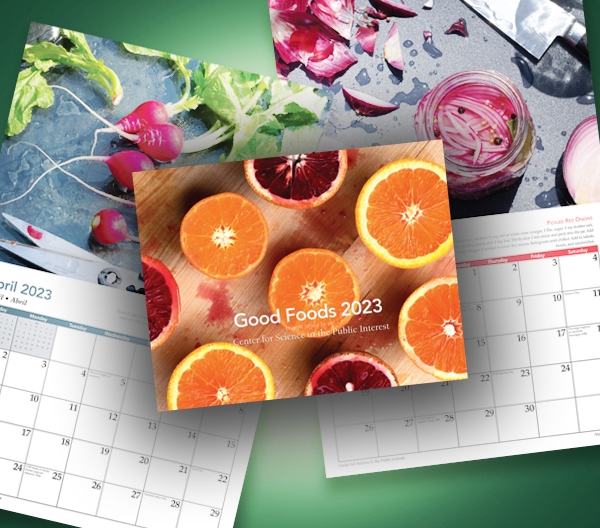
Calendar
Good Foods 2023
Every gorgeous photo in the Good Foods 2023 calendar will whet your appetite for delicious, healthy food. And the simple recipe below each photo, from Healthy Cook Kate Sherwood, will help you turn that month’s star into the star of your dinner table.

